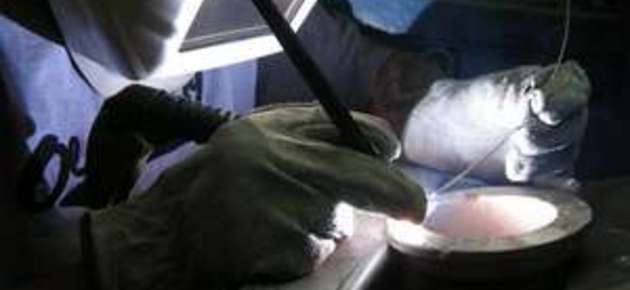Dissertation: Creating collaborative advantage with well-designed and managed R&D collaboration

– Collaboration between Finnish companies is in principle based on trust and there has been much talk about partnerships. However, the practices for R&D collaboration vary considerably. The companies’ perceptions of collaboration are sometimes astoundingly different, which leads too often to disappointments, says Ylimäki.
Ylimäki proposes a model for managing and designing dyadic R&D collaboration.

– In the area of R&D collaboration one should move from the traditional buyer/seller talk to real partnership, which is built systematically and the points of view of both parties are taken into consideration.
According to Ylimäki’s thesis the increasing need in recent years to focus on core business has increased companies’ dependence on each other.
When companies acquire manufacturing and services from external companies, the result is that related R&D tasks also move from one company to its collaborator companies.
However, typically the R&D tasks in question cannot be conducted without the customer company’s knowledge related to the actual need. This setting has led to a situation where companies need efficient R&D collaboration.
– Nonfunctional R&D collaboration decreases the relative competitive edge of products whereas those companies that are able to build functional R&D partnerships can achieve a competitive advantage with faster, more efficient, and more accurate R&D, says Ylimäki.
Exploring essential elements
Ylimäki’s research addresses the management and design of dyadic R&D collaborations. It aims to create an understanding of how companies can design and manage such dyadic R&D relationships. To that end, Ylimäki explores three essential elements of R&D collaboration through three research articles on the possible forms of collaboration, the collaboration process, and the practices supporting R&D relationships.
Theoretical framework of Ylimäki’s dissertation builds on the resource based theory, the relational view, and on dynamic capabilities. The empirical part of the research leans on qualitative data. Of the three sub-research pieces, the first is a longitudinal case study, the second is a constructive design science study, and the third a multiple case study in which cases are selected based on a quantitative survey dataset.
Switching from one form to another
Collaborating companies can design and choose the form of their collaboration purposefully, and can switch from one collaboration form to another as the situation demands.
– For an R&D collaboration process to be fully functional, it is important to simultaneously take into account both efficiency and dialogical perspectives in the relevant interaction. Practices that facilitate and support R&D collaboration strengthen each other and thus it is essential to ensure their balanced implementation, says Ylimäki.
Ylimäki’s research emphasizes that dyadic R&D collaboration can at its best be an approach that creates collaborative advantage for both parties. His research also opens up new perspectives on designing and managing such collaborations.
Public defence
The public examination of M. Sc. (Econ) Juho Ylimäki’s doctoral dissertation ” Managing and Designing Dyadic R&D Collaboration” will be on Thursday 29 October at 14 o´clock in auditorium Kurtén (Tervahovi). Professor Tuija Mainela (Oulu University) will act as opponent and Professor Jukka Vesalainen as a custos.
Further information: Juho Ylimäki, t. +358 440 510 583, e-mail: juho.ylimaki(at)uwasa.fi